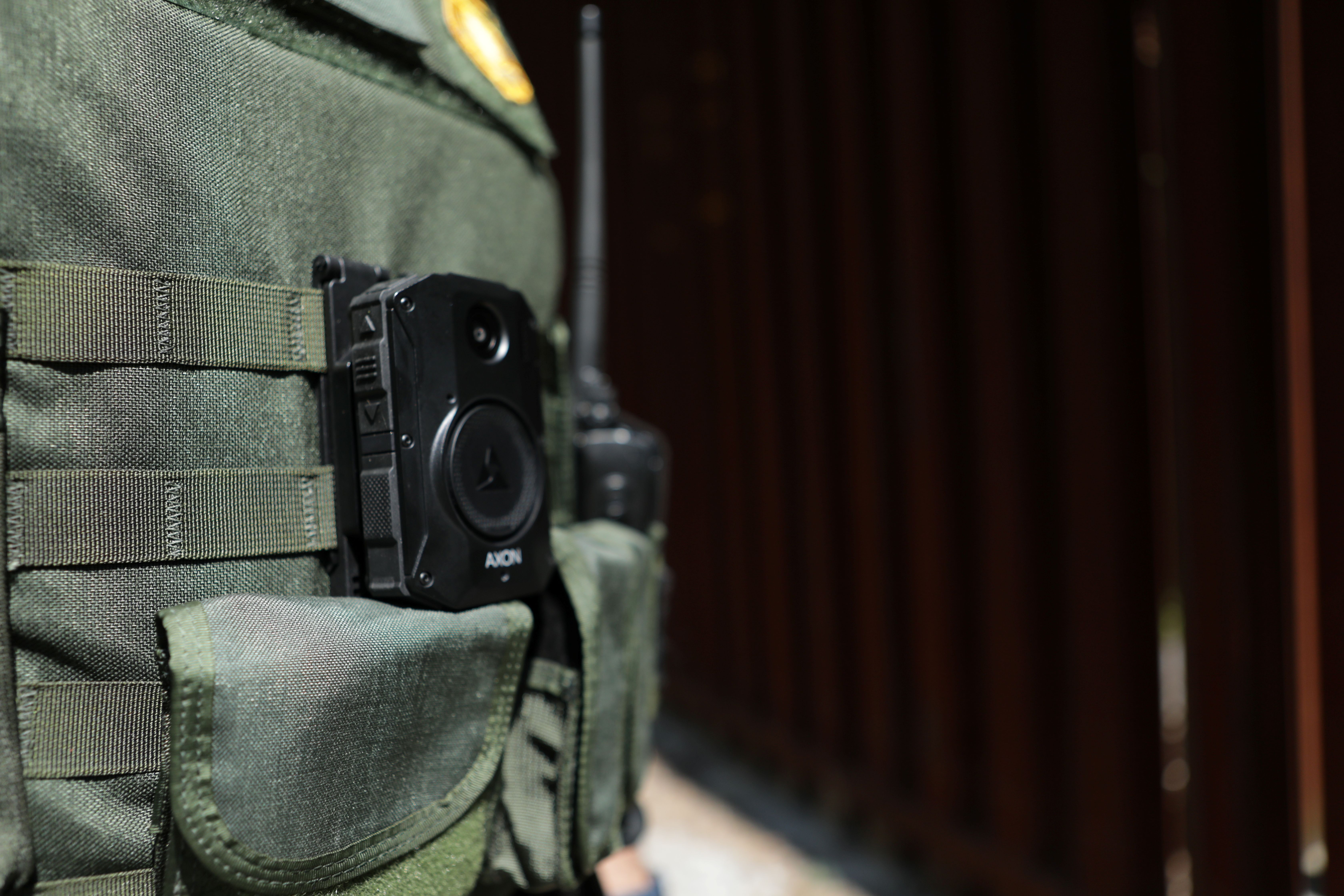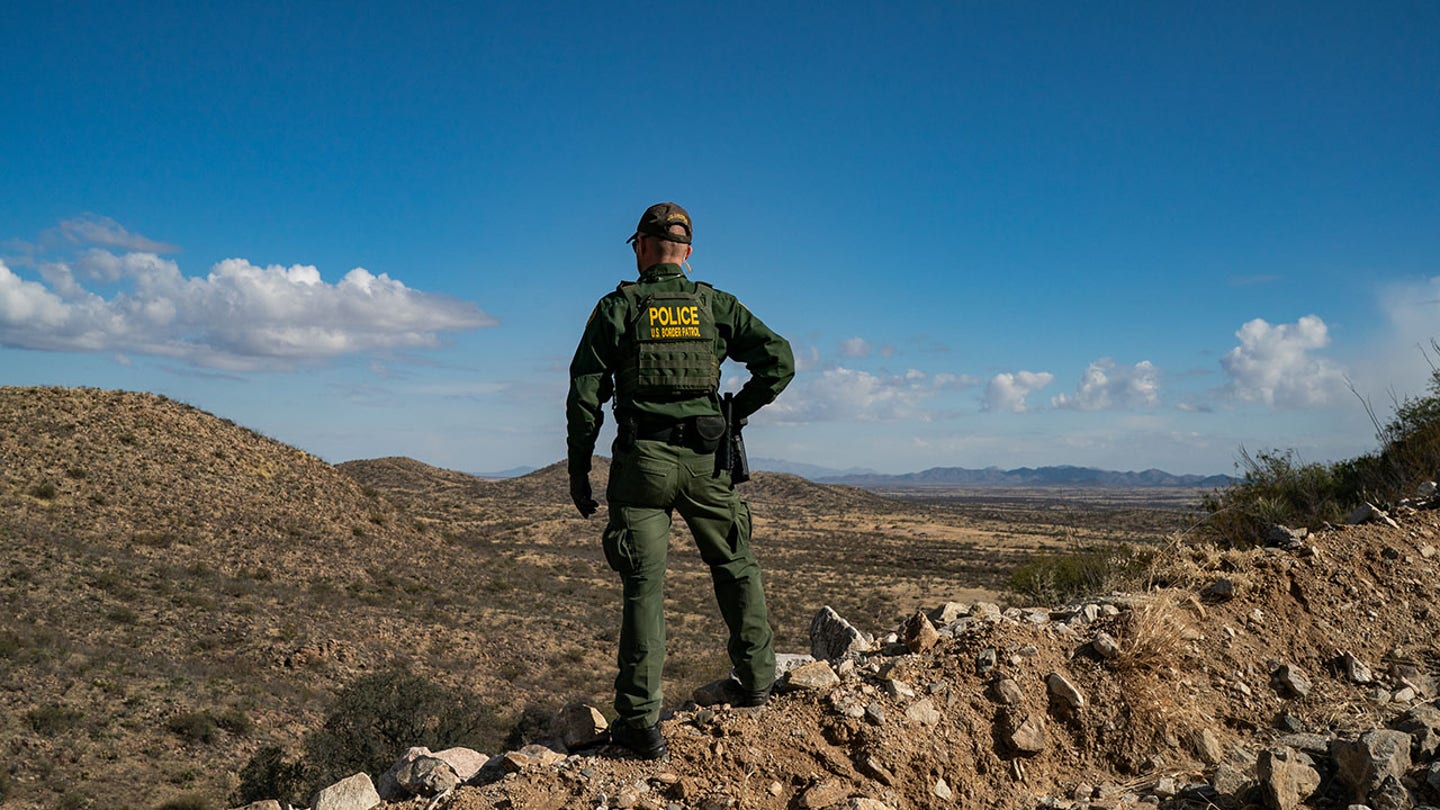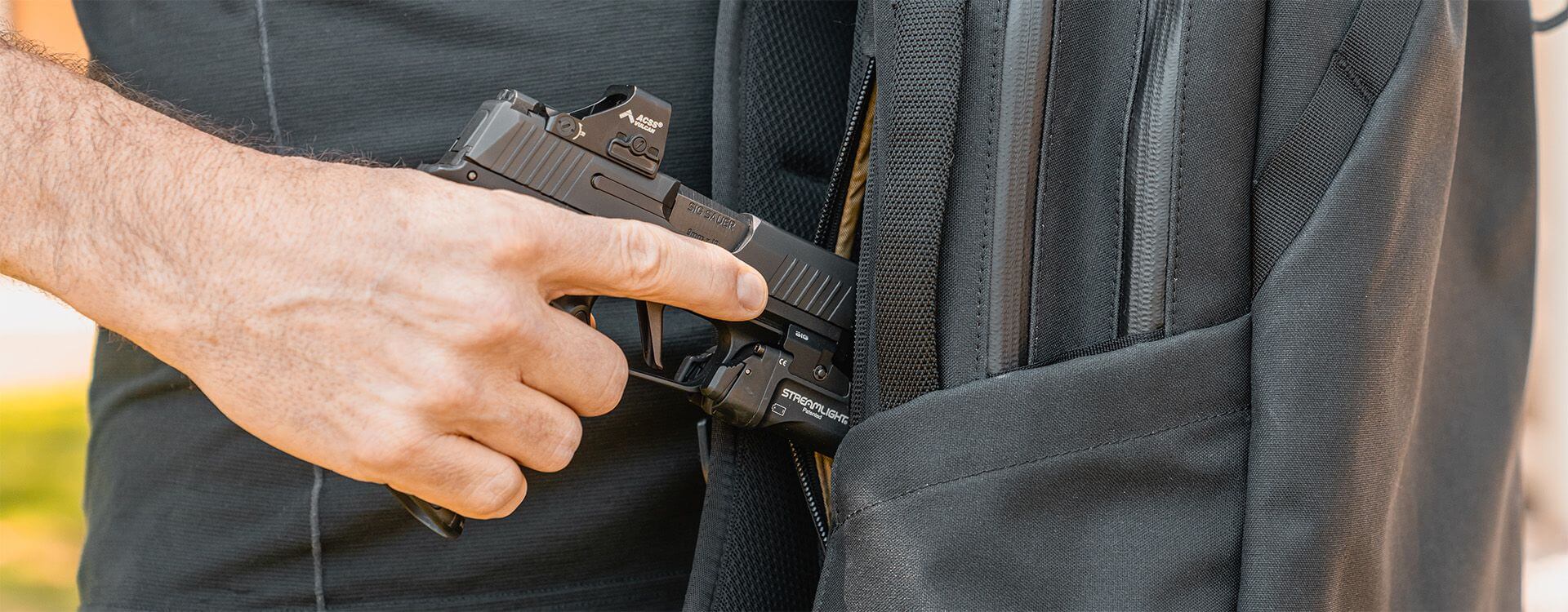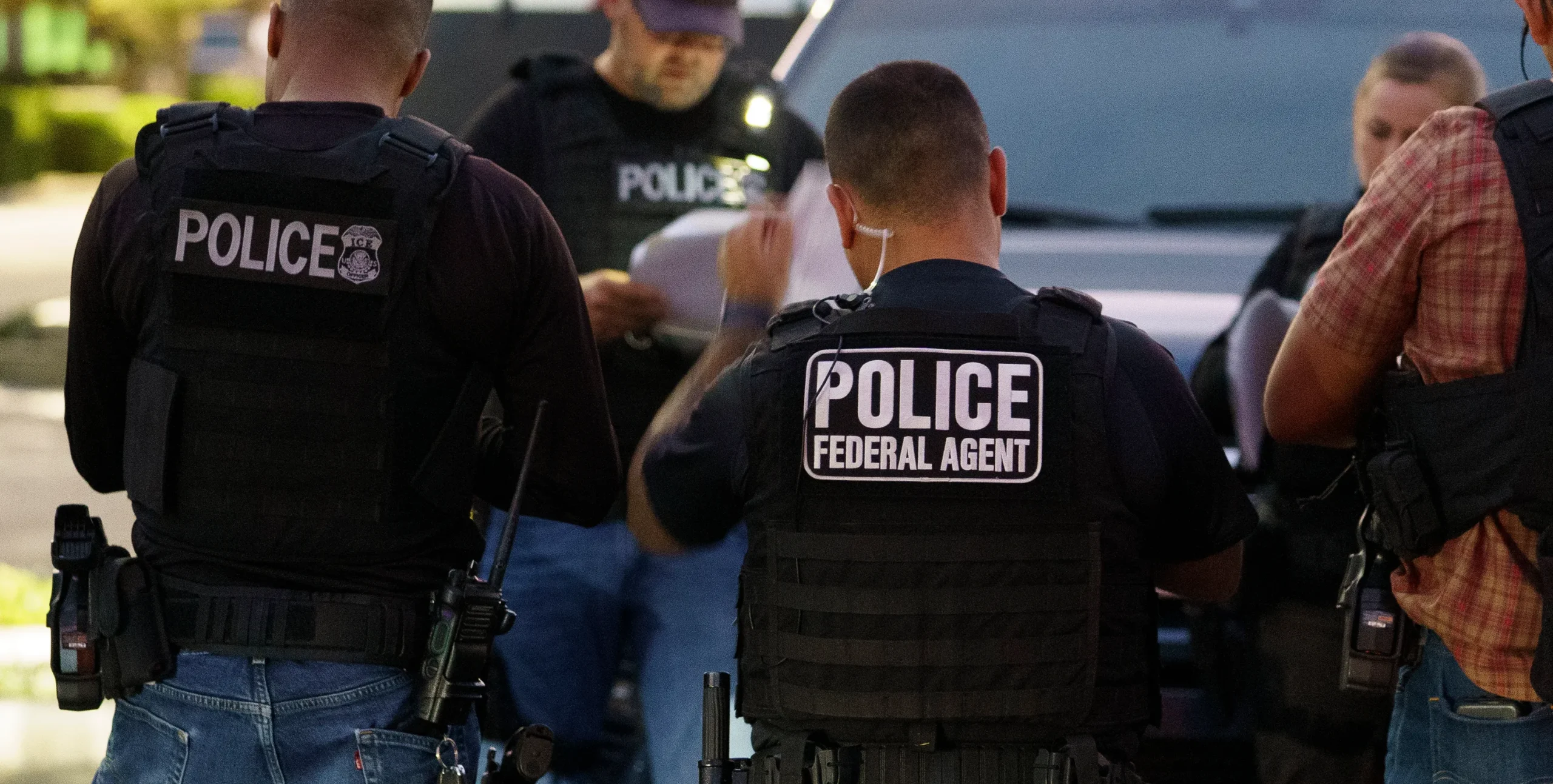
In a stark reminder of the risks posed by digital surveillance, U.S. Border Patrol agents have been ordered to immediately cease using body-worn cameras (BWCs) following the discovery of a serious security vulnerability.
The directive, confirmed in an internal memo, comes after online discussions revealed that Border Patrol and Immigration and Customs Enforcement (ICE) agents could be identified and tracked using their body cameras’ Bluetooth signals.Officials are now scrambling to assess the full extent of the risk.
“Pending completion of investigation and risk mitigation, all Agents will stand down the use of their BWCs until further notice,” the memo states. “Additional guidance and information will be disseminated as it is received.”
The Security Breach: Agents Tracked Through Bluetooth Signals
At the center of this controversy is a shocking claim by a Reddit user, who stated that agents wearing BWCs could be detected using BLE Radar by F-Droid, an app that scans for Bluetooth low-energy (BLE) devices such as phones, smartwatches, and speakers.
The implications are alarming:
- Agents can allegedly be tracked from over 100 yards away using BLE technology.
- Social media posts have raised concerns that this tracking method could expose agents to targeted attacks, including improvised explosive device (IED) threats.
- The presence of always-on Bluetooth signals in BWCs may have created an unintended security loophole, allowing hostile actors to monitor and locate agents in the field.
This revelation has ignited serious concerns about the unintended vulnerabilities of law enforcement technology, as criminal organizations, human traffickers, and even hostile foreign actors may exploit these flaws to monitor agent movements and operations.
The Body Camera Dilemma: Transparency vs. Security
The use of body-worn cameras by Border Patrol and ICE has been a long-standing policy debate—one that has now taken a dramatic turn. Initially introduced for accountability and transparency, BWCs were meant to document encounters between agents and migrants.
However, this latest security threat flips the script on body cameras, raising concerns that the very tools meant to promote public trust are now compromising national security.
Key timeline of BWC implementation:
- August 2021: Customs and Border Protection (CBP) begins rolling out body cameras for agents.
- May 2023: DHS Secretary Alejandro Mayorkas announces plans to equip all DHS law enforcement officers, including Border Patrol, with BWCs.
This latest development casts doubt on the federal government’s rush to expand surveillance tools without fully considering their security risks.

Operational Fallout: What This Means for Border Security
With body cameras now offline, CBP faces a series of immediate and long-term challenges:
1. Security Vulnerability Exposure
If BLE tracking is as widespread as claimed, hostile actors may have already gathered intelligence on agent movements. This incident forces CBP to rethink how all law enforcement devices interact with wireless technology.
2. Changes in Accountability & Oversight
With BWCs suspended, agents will need to rely on written reports, third-party footage, and radio logs—raising concerns from civil rights groups who have long advocated for BWC footage to prevent abuse claims.
3. Potential Federal Policy Revisions
This case could reshape how all federal law enforcement agencies handle surveillance technology. Lawmakers may now push for stricter cybersecurity measures, encryption standards, or even a complete overhaul of law enforcement tech infrastructure.
A Lesson in Law Enforcement Tech Gone Wrong
The abrupt suspension of Border Patrol body cameras is more than just a temporary operational adjustment—it’s a cautionary tale about the unintended consequences of high-tech policing.
- The push for transparency in law enforcement created a new security blind spot—one that adversaries may have already exploited.
- The adoption of new technologies without proper security vetting has left federal agents exposed.
- This situation forces a critical reassessment of all digital tools used in federal law enforcement.
As CBP investigates and works toward a solution, one thing is clear: in the modern world of border enforcement, technology can be as much a threat as it is an asset.




